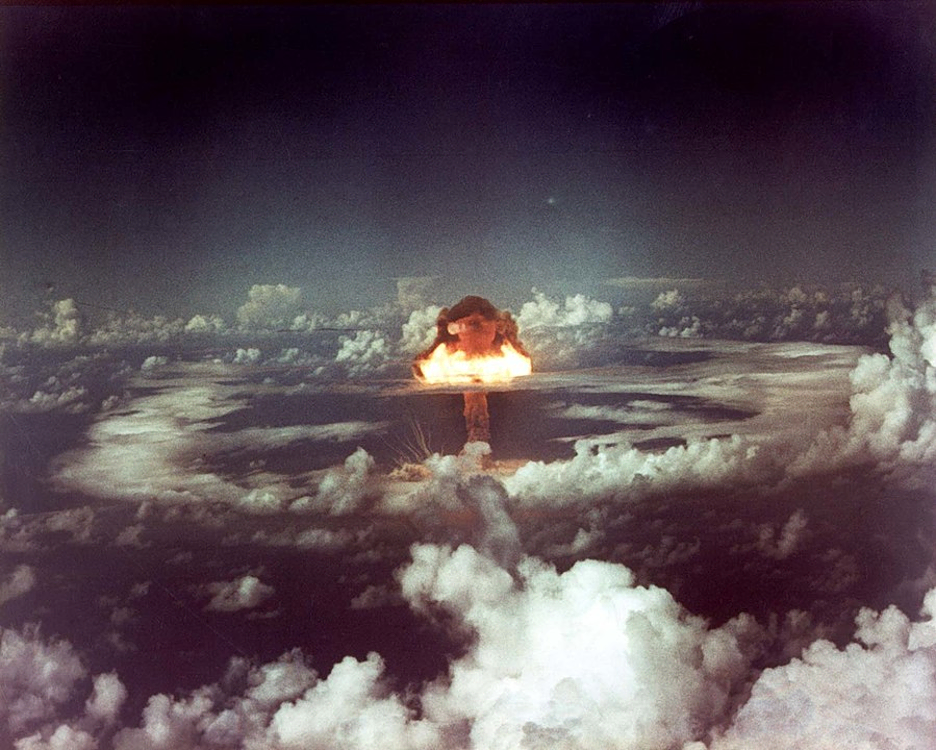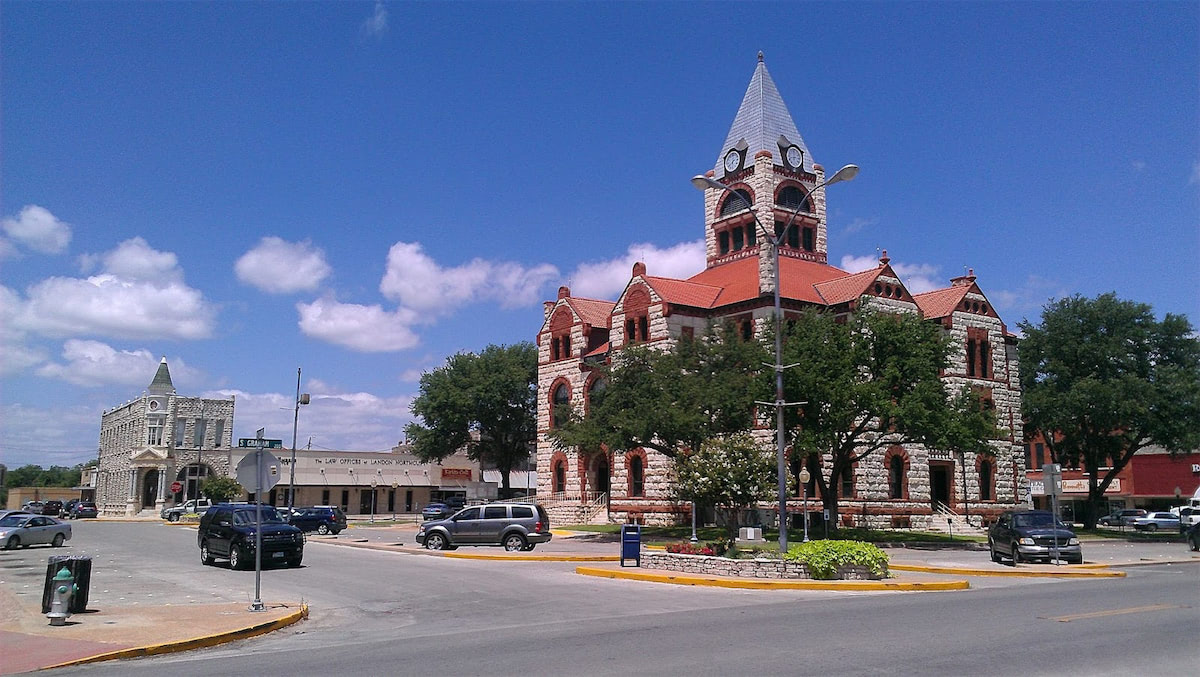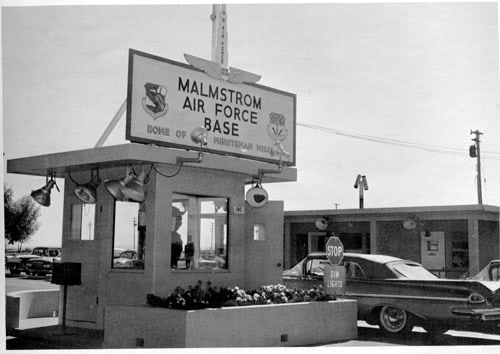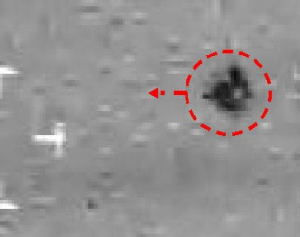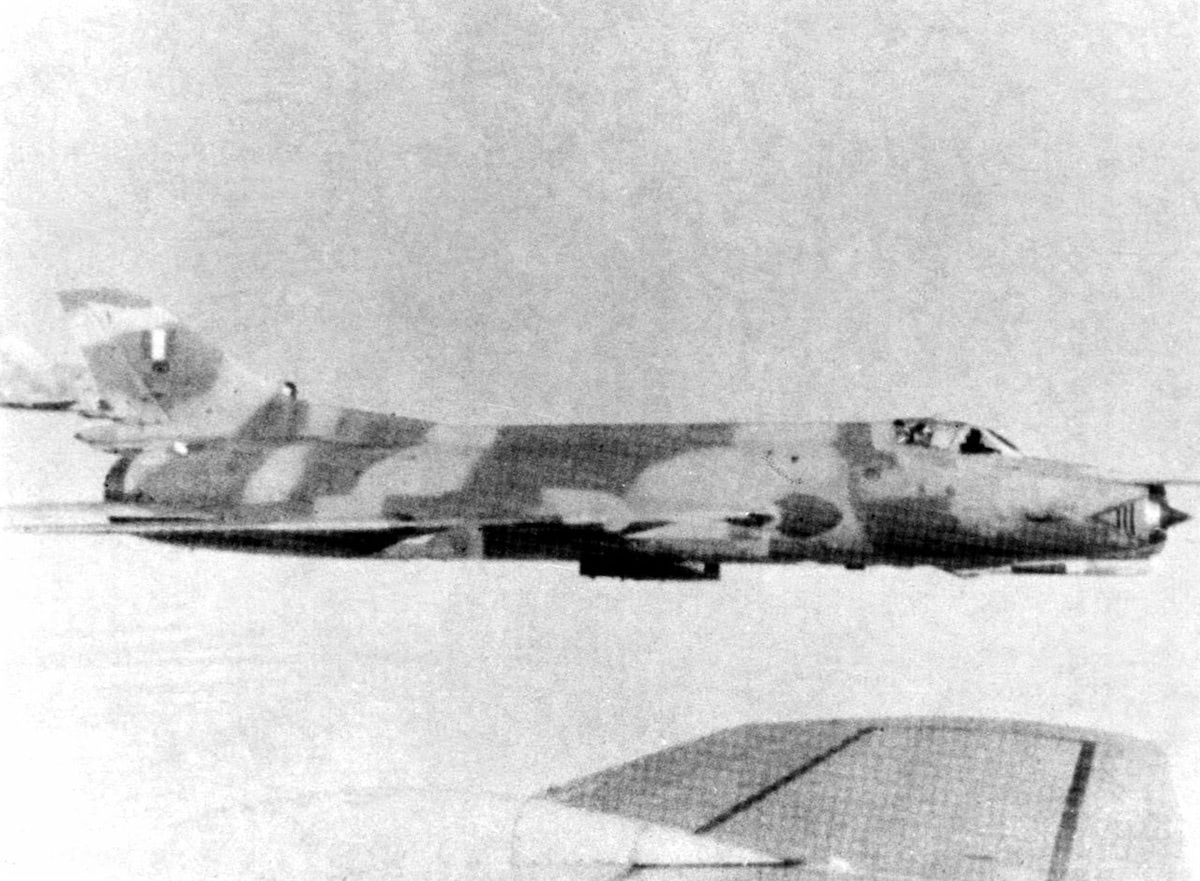Welcome to our primer on UAP. Here you will find a summary of key sightings,
as well as a few people, organizations and theories of interest.
Welcome to our primer on UAP. Here you will find a summary of key sightings,
as well as a few people, organizations and theories of interest.
Recommended
Articles
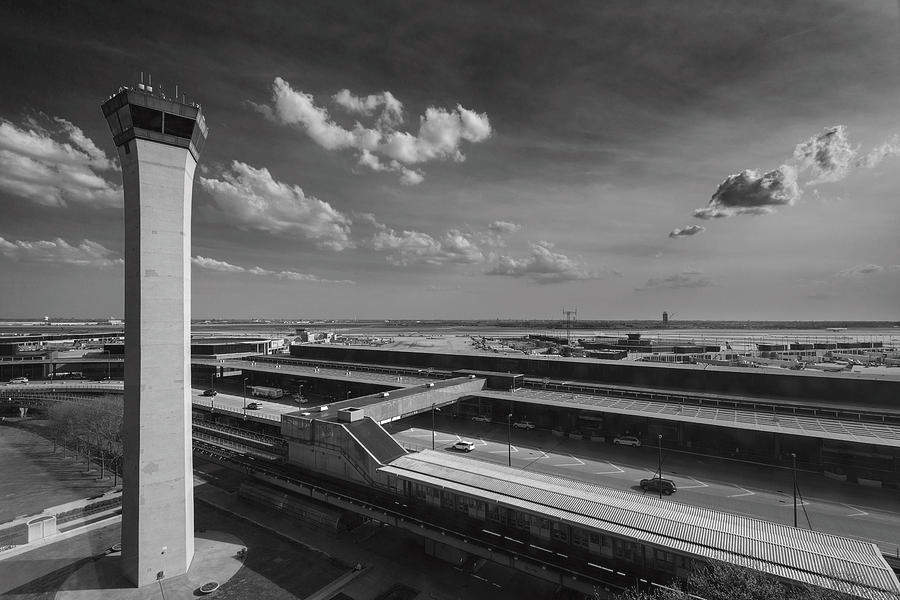
O’Hare Airport Incident
Above is an audio recording of the Chicago O’Hare Control Tower with United employees regarding the UAP incident. On November 7, 2006, at least 12 United Airlines personnel and potentially hundreds of other witnesses noticed a dark gray metallic disk hovering above United Airlines Gate C17 at Chicago O’Hare airport. The object was estimated to be about 22 feet in diameter, and hovered approximately 1,500 feet off the ground below a heavy cloud cover for at least 20 minutes before propelling upwards, punching a hole through the cloud. Some witnesses also said the object was spinning. Among the witnesses were managers, runway crew, and airline pilots. The Federal Aviation Administration (FAA) reported that no air traffic controllers saw the object and that it never showed up on radar, though subsequent FOIA requests revealed this may not have been true. The significance of the case lies principally in its aftermath: media coverage of the event exploded across local, national, and international news, and the FAA came under scrutiny for initially denying the existence of any witness reports from airline personnel. When they were later forced to admit that reports did exist, they still refused to investigate them. The FAA’s response to the event is reflective of a forty-year legacy of U.S. government agencies shielding UFO activity and investigations from the public domain, and the stigma that witnesses may face when coming forward with testimony. NARCAP, an independent UFO investigation group, also conducted its own research into the O’Hare incident. A team of NASA scientists, pilots, meteorologists, and aerospace engineers spent 5 months preparing a 154-page report confirming the presence of a physical object over O’Hare. The report, co-authored by NARCAP’s founder Dr. Richard Haines, concluded that the object’s maneuvers could not be explained by conventional means, and advised the FAA to launch its own investigation.
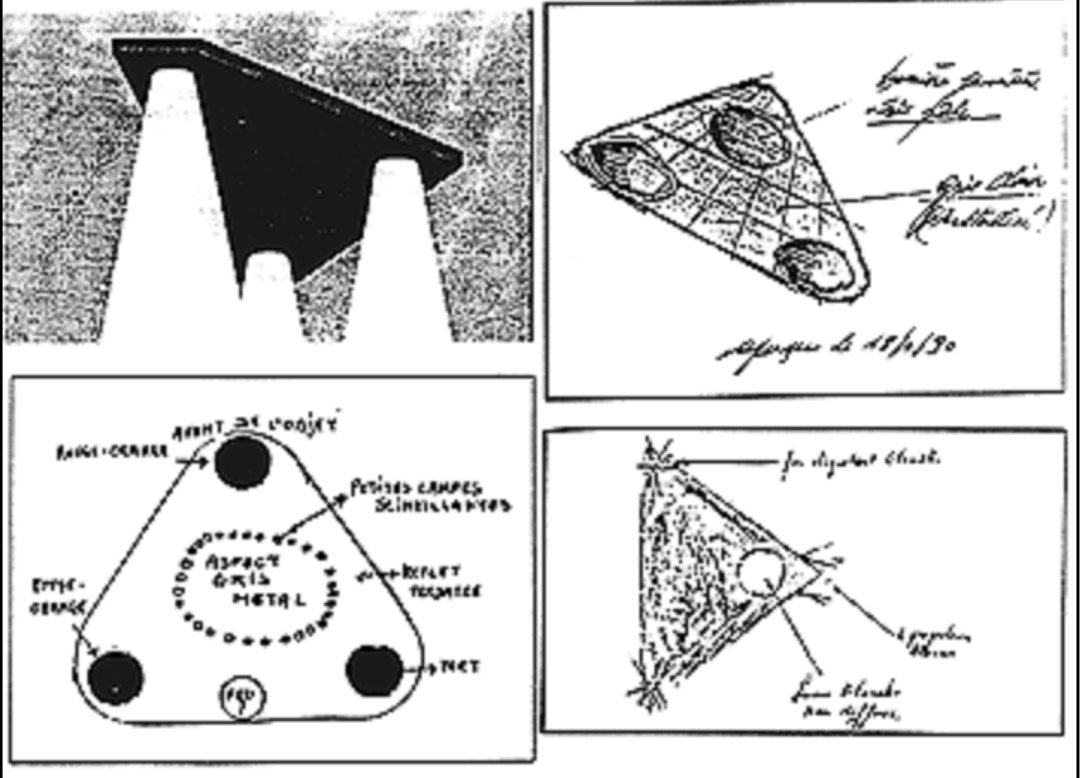
Belgian UAP Wave
From November 1989 to March 1991, witnesses reported a series of anomalous objects at night in Belgium. The witnesses reported seeing large, flat, slow-moving triangular objects with lights underneath. Most witnesses said that the objects were silent. On November 29, 30 groups of civilian witnesses and three groups of police officers reported seeing anomalous aerial objects at low altitudes. Officials tracked these objects moving from Liège to the German border. On March 30, 1990, at 11 pm, a Belgian police captain said he saw a giant triangle passing over, and two ground radar stations also detected the object. These two NATO-operated radar stations contacted other facilities and learned that four other stations also detected objects that did not send transponder signals. Two Air Force F-16s were scrambled to investigate. The pilots attempted nine intercepts but said the objects appeared and disappeared and maneuvered at speeds beyond any known capability, dropping from 10,000 to 500 feet in 5 seconds. They never saw anything by eye that they could not pick up on the radar and returned to the base at 1 am. The local gendarmerie sent a patrol who described seeing four lights in formation making jerky movements before gradually losing their luminosity and disappearing around 1:30 am. There is no photographic evidence from that night - in 1990, a man named Patrick M released photographs, but in 2011 he admitted they were a hoax. Locals filed 143 independent reports in the two weeks following that night. After local media attention on the events, over 2,600 local people claimed to be witnesses.
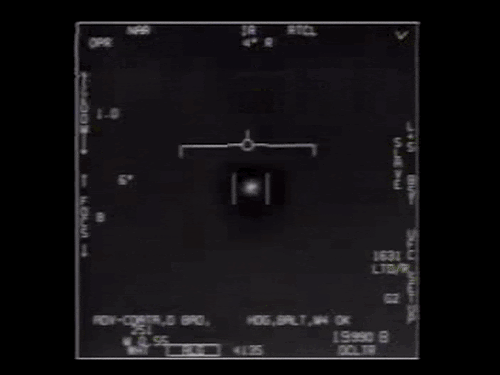
USS Nimitz UAP Encounter
During a routine training mission with the aircraft carrier USS Nimitz off the southern California coast on November 14th, 2004, U.S. Navy Lieutenant Commander Alex Dietrich and her then-commanding officer, David Fravor, received a request from another warship to interrupt their routine training mission to investigate strangely moving radar contacts in the area. “We’ve been tracking these things for two weeks...this is the first time we’ve had planes airborne and we want you to go see what these are,” Fravor remembers the U.S.S. Princeton officer telling him. When the pilots reached the assigned location, they spotted a disturbance under the water that Fravor thought looked something like the size of a Boeing 737 airplane. Dietrich and Fravor then saw what they described as a smooth, white oblong object resembling a Tic Tac flying at high speed across the water—Dietrich estimated that it was skimming 500 to 1,000 feet above the water at around 500 knots (575 mph). Dietrich’s F/A-18 Super Hornet’s onboard radar couldn’t detect the object, but her weapons systems operator (WSO), who has remained anonymous, was sitting in the rear seat and saw it too. Dietrich recalled. Speculating about what it could be, she said, “we don’t know what it was, but it could have been a natural phenomenon in human activity. But the point was that it was weird, and we couldn’t recognize it.” In a CBS 60 Minutes interview, she noted how it had no “predictable movement and no predictable trajectory.” Fravor described it as a “ping pong ball...very random.” Fravor turned to “engage” with the object, which responded in a way that “lacked any visible flight control surfaces or means of propulsion,” It then turned abruptly and “started mirroring” Fravor’s aircraft as he began a slow circular descent toward it. He then made the decision to cut across and head directly toward the object, at which point it disappeared. The underwater object had also disappeared. The fighters conferred with the Princeton and were told to head to a rendezvous point about 60 miles away, where the object had appeared again. However, when they arrived, it had disappeared once more. An hour after Fravor’s group of pilots witnessed the object, Lieutenant Commander Chad Underwood managed to capture the object on video.
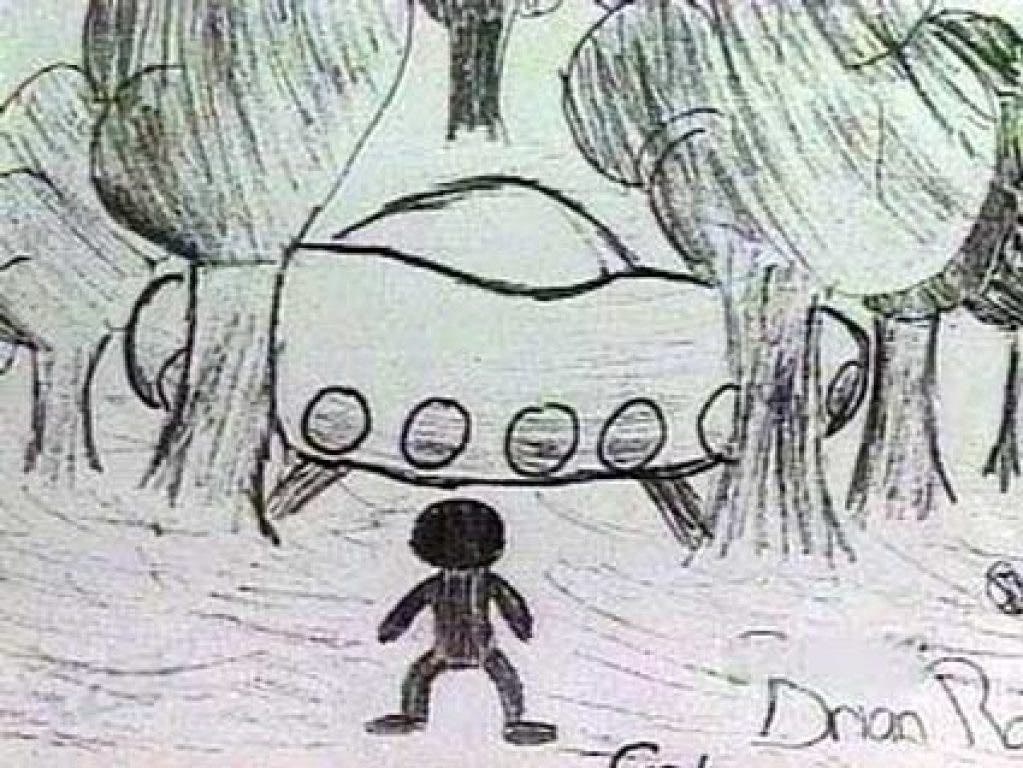
Ariel School Incident
Around 10 o’clock on the morning of September 16th, 1994, 62 Ariel School students between the ages of 5 and 12 years old reported that a flying object had landed on the school’s grounds. The teachers were in a meeting, so the children were essentially unsupervised during their morning break in the schoolyard. The only available adult was one of the students’ mothers, who was operating the school “tuck shop–a sort of snack bar where candy, snacks and soda are sold.” The children said that they first saw three objects, which would “disappear and reappear in a different location.” The objects gradually approached the ground and eventually landed in a “brushy area” that was about 100 meters from the schoolyard and off-limits to the students. The children said that a small man, about one meter in height, appeared on top of the object and walked across the ground toward the students until he noticed them. Then, he “vanished and reappeared on top of the object,” which then took off and disappeared. The younger children were very frightened and called for help, because they believed the little man was a demon who would eat them. They ran to the tuck shop operator, Mrs. Alyson Kirkman, a physiotherapist that was volunteering at the school, but she did not want to leave the shop unattended and so did not go with them. According to an interview with documentary filmmaker Randall Nickerson, who is directing a documentary on the subject, “the children were not initially believed by the teachers or the headmaster, but after they had gone home to their parents and shared the story with their parents, the headmaster had them come back and draw what they saw. There were 60 drawings made.”
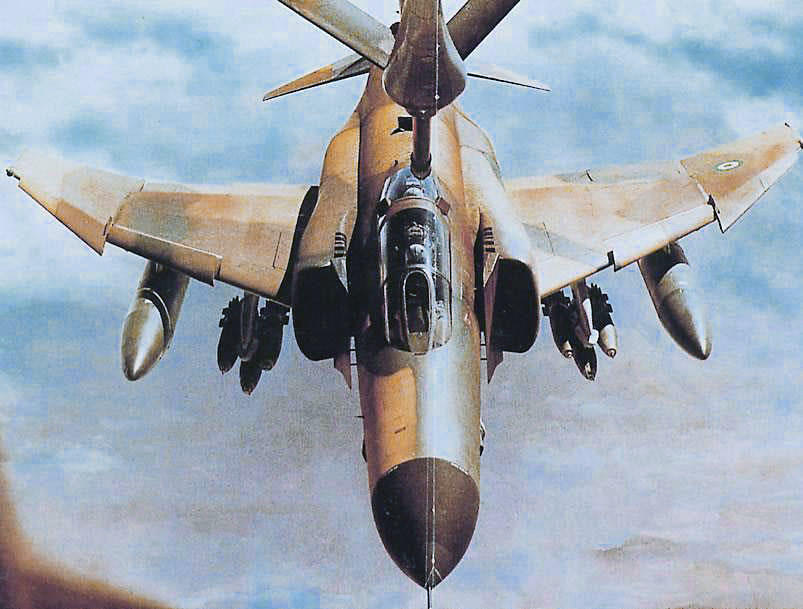
Tehran Incident
On September 18, 1976 in Tehran, Iran, at approximately 10:30 PM, Hossein Pirouzi, an experienced air traffic controller manning an Imperial Iranian Air Force (IIAF) command post at Mehrabad International Airport, was leading a training for a group of air controllers. Pirouzi received the first of four sightings reports: a call from a woman northeast of the airport who saw a luminous object glowing red, yellow, and orange. It was shaped like a four-blade fan, and seemed to split in two. A few minutes later, another caller reported a similar object in the same area of the sky, one which also split in two and then rejoined as one. The tower radar was under repair, so Pirouzi could not confirm the UFO, but after receiving two more calls in the next half hour, he stepped outside to look through his binoculars: in the direction of the callers' sightings, he saw a luminous cylindrical object sitting horizontally in the sky about 1.8 kilometers, or 6000 feet, off the ground. He guessed that it was 8 meters wide, or just over 26 feet. Each end was glowing blue, and a red light was making an orbit around the center every second or two, and pausing every 90 degrees. The entire cylinder was rocking back and forth like a seesaw. As it got closer, Pirouzi saw it slowly change into a drooping star-shape with a green body and a red glowing core. The arms of the star were dark orange, fading to yellow at the tips. It seemed to have four arms, though Pirouzi believed that there was actually only one arm, switching positions. When Pirouzi's trainees looked through the binoculars shortly after, they saw a semi-circle. The object seemed to be constantly changing shape. Two F-4 Iranian Airforce jets were scrambled to investigate the UAP, lost instrumentation and communications as they approached it, and suffered temporary weapons systems failure while preparing to open fire. The UAP was seen both visually by the pilots and on radar. The incident is recorded in a four page U.S. Defense Intelligence Agency (DIA) paper which was distributed to the White House, Secretary of State, Joint Chiefs of Staff, NSA and CIA. It is one of the most well-documented military encounters with anomalous phenomena. The case is also exemplary for its mix of radar data, physical effects on military craft (such as the loss of weapons control), and multiple independent witnesses from different geographical locations and physical viewpoints (both airborne and from the ground). The case is also notable for the international collaboration of the investigations; U.S. intelligence agencies took over official documentation of the incident.
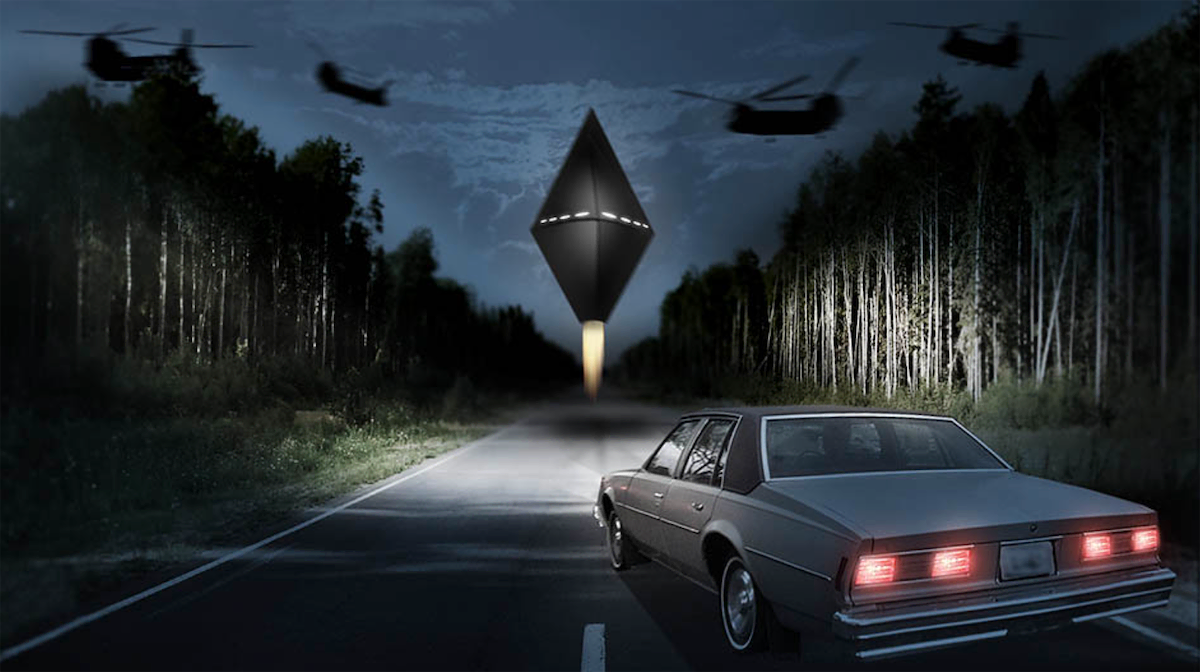
Cash-Landrum Case
At around 9 p.m. on the evening of Dec. 29, 1980, Betty Cash, Vickie Landrum, and Vickie's 7-year-old grandson Colby Landrum were driving home to Dayton, Texas, not too far from Houston’s Intercontinental Airport. They witnessed a large light in the sky above the trees. As they drove, they noticed the light getting brighter and closer, and claimed the light was coming from a huge, dark diamond-shaped object, which hovered at about treetop level, and that its base was expelling flames and emitting significant heat. They exited the Oldsmobile to get a better look. Landrum (a born-again Christian) believed the object to be “the Second Coming of Jesus Christ,” and referred to the object as “Jesus” to Colby, and that it would not hurt them. Small blue lights were seen on the object, and as flames continued to come out the bottom of the craft forming a cone-like shape, the witnesses felt the heat intensify. The heat was strong enough to make the car's metal body too hot to touch, and the car handle also felt scorching, according to Landrum. When she touched the dashboard, she claimed her hand pressed into the softened vinyl of the car’s interior and left an imprint that was used as evidence later on (no photograph of this imprint exists). As the object ascended higher above the trees, 23 Boeing CH-47 Chinooks helicopters arrived to surround the object in a tactical formation. Later on that night, the witnesses reportedly experienced similar symptoms of generalized weakness, nausea, vomiting, diarrhea, a burning sensation in their eyes, and a sunburn-like afterglow. Cash said her symptoms worsened days later with many large, painful blisters forming on her skin. In the HBO documentary, "UFOs: What's Going On" (1985), Cash said she was treated for breast cancer after being exposed to a "radioactive UFO". The Landrums reported lingering weakness, skin sores, hair loss and eventually severe cataracts. Cash's personal physician Dr. Brian McClelland said to the Houston Post that her condition was a textbook case of radiation poisoning. McClelland likened it to being comparable to being "3-5 miles from the epicenter of Hiroshima.” Cash and Landrum decided to contact their U.S. Senators Lloyd Bentsen and John Tower. They filed a complaint with the Judge Advocate Claims office at Bergstrom Air Force Base. After they were interviewed by personnel at Bergstrom Air Force Base, they were advised that they should hire a lawyer, and seek financial compensation for their injuries from the incident on Dec. 29. In 1986, the case was dismissed by the U.S. District Court Judge. The judge argued that the plaintiffs could not prove their case that what they encountered was not related to the U.S. federal government, and the army did not have a pyramid-shaped aircraft in its arsenal. Ultimately, many experts in UAP studies, as well as news outlets like Texas Monthly, consider the outcome of the Cash-Landrum incident as inconclusive.
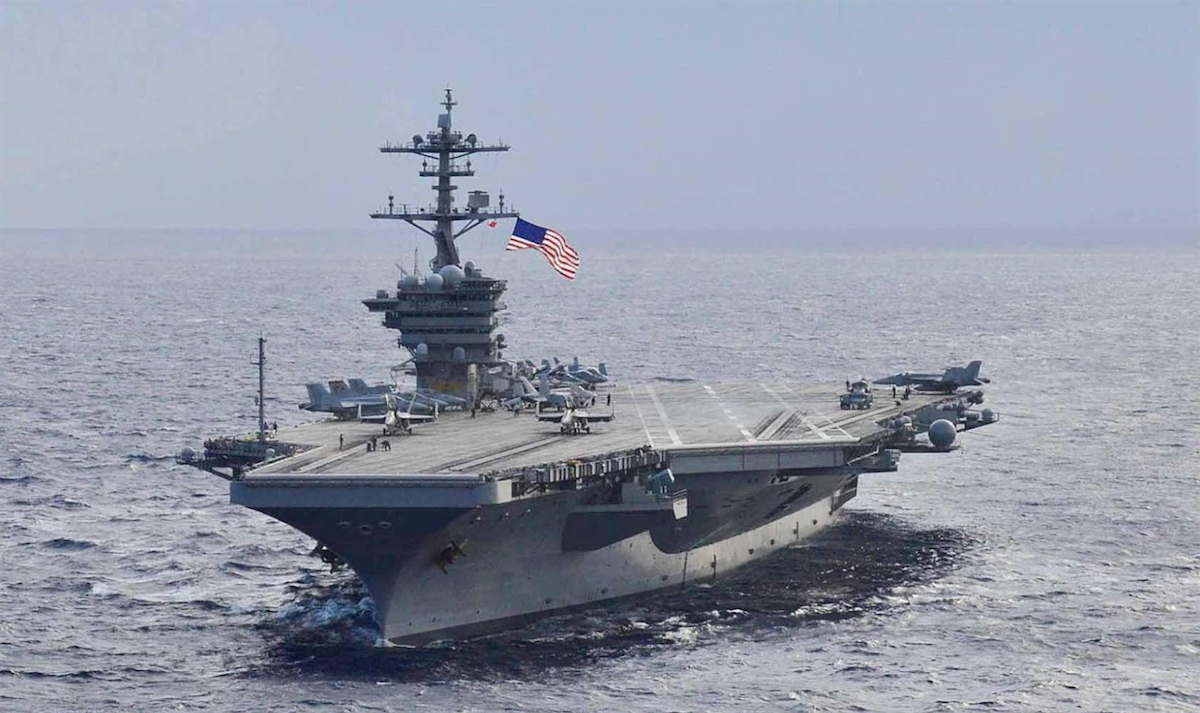
USS Theodore Roosevelt UAP Encounters
Early 2015, several incidents involving UAP were reportedly observed by U.S. Navy personnel with the USS Theodore Roosevelt carrier strike group. Some of these UAP encounters were observed both visually and on radar, and in two instances produced footage of objects the Department of Defense later authorized for release and characterized as “unidentified.” The UAP sightings, initially reported by The New York Times in May 2019, were said to have occurred “almost daily” for periods between the summer of 2014 and the Theodore Roosevelt’s deployment in March of the following year. Although the appearance of the UAP varied between accounts, most of the objects were described by Navy personnel as small and lacking features. One description of the objects likened the UAP to “a spinning top moving against the wind.” In another incident involving pilots who reported a near midair collision as one of the objects flew between them, the UAP was said to resemble “a sphere encasing a cube.” According to the Times, Navy pilots who observed these objects said that no engines or power sources were visible on the UAP, and that exhaust plumes or other evidence of propulsion also remained absent when observing the UAP through infrared imaging systems. According to former Navy lieutenant and F/A-18F pilot Ryan Graves, the objects sometimes resembled “gauzy blobs” when viewed through cockpit displays. The UAP sightings reportedly occurred so frequently between late 2014 and early 2015 that pilots began calling them “those damn things” when they appeared. Graves told the Times that the objects “would be out there all day,” and were reportedly observed remaining in the air for periods of as much as 12 hours. Along with Lieutenant Graves, the objects were also observed by Lieutenant Danny Accoin and others in Strike Fighter Squadron 11 (VFA-11), the “Red Rippers”, a United States Navy strike fighter squadron out of Naval Air Station Oceana, Virginia. Three pilots with the squadron who spoke with the Times in 2019 declined to be named. The UAP incidents reportedly “tapered off” once Theodore Roosevelt was deployed for its mission in the Persian Gulf in March 2015. However, Graves later clarified that he “did occasionally see radar signatures that performed in ways that were consistent with our experiences back home, though at a significantly reduced rate.”
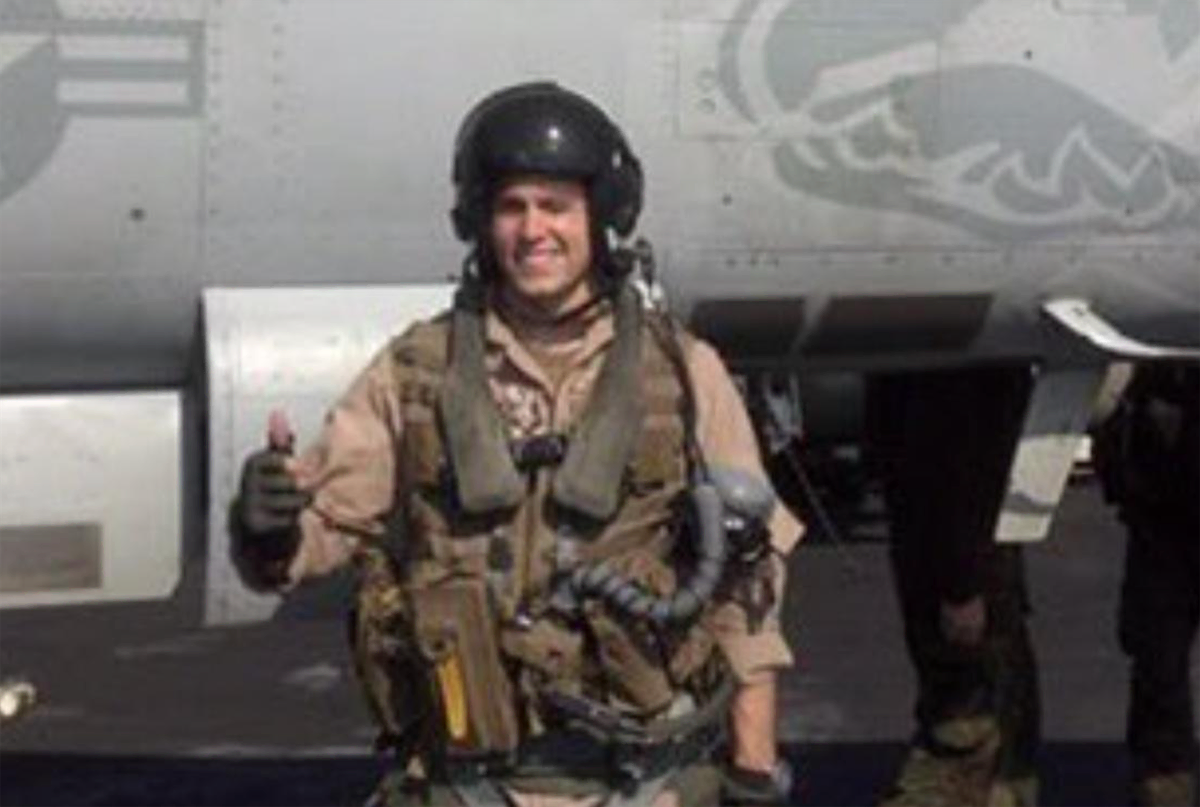
Ryan Graves
Lieutenant Ryan Graves is a former U.S. Navy fighter pilot. Graves is best known for his involvement in a series of widely publicized UAP encounters he and several other Navy F/A-18 Super Hornet pilots experienced between 2014 and 2015, during training operations with the USS Theodore Roosevelt (CVN 71) carrier strike group along the Eastern Coast of the United States.
- 1
- 2
- ...
- 10
